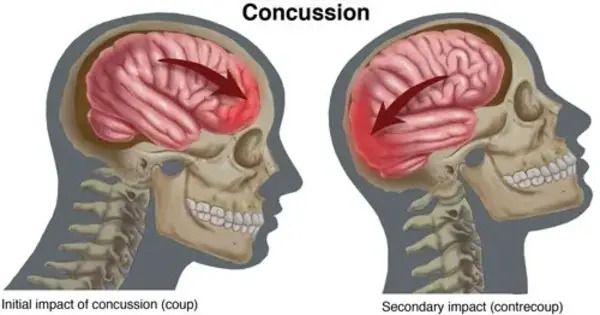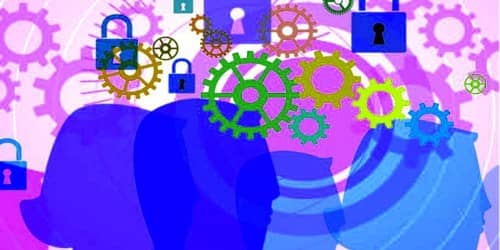Looking for techniques to keep young athletes safer post-concussion, researchers devised a study in which teenage athletes who suffered concussions were randomized either to standard of care — typically returning to play after clearing a set of standardized protocols that assess symptoms, cognition, and balance — or completing the same protocol and then working with an athletic trainer on a specific neuromuscular training intervention that includes guided strength exercises.
As assistant professor of orthopedics at the University of Colorado School of Medicine, David Howell, PhD, understands the relationship between concussions and subsequent injury in athletes — namely, that after suffering a concussion, athletes at all levels are more likely to sustain another injury within the next year.
“Any athlete may experience an injury such as an ankle sprain or an ACL rupture – that’s just a part of sports,” says Howell, chief researcher for sports medicine at Children’s Hospital Colorado. “However, those who have just suffered a concussion are more prone to these. Even after symptoms have passed and an athlete has been cleared to return to sports, we continue to detect neuromuscular motor control impairments, especially when combined with cognitive tasks. These persisting deficiencies may predispose them to additional harm.
Any athlete may experience an injury such as an ankle sprain or an ACL rupture – that’s just a part of sports. However, those who have just suffered a concussion are more prone to these.
David Howell
Enter the intervention
Looking for techniques to keep young athletes safer post-concussion, Howell and the investigative team devised a study in which teenage athletes who suffered concussions were randomized either to standard of care — typically returning to play after clearing a set of standardized protocols that assess symptoms, cognition, and balance — or completing the same protocol and then working with an athletic trainer on a specific neuromuscular training intervention that includes guided strength exercises and a focus on posture and landing stability.
“It’s similar to injury risk reduction programs that are used more in population-level studies,” says Howell. “You put an entire high school soccer team through these neuromuscular training regimens for a season, then compare them against a team that did not do the program. These studies shown that putting a team through this can greatly lower the chance of ACL rupture, for example.”
Howell recruited 27 post-concussion youth athletes for the study, the majority of whom were Sports Medicine Center patients at Children’s Hospital Colorado. The players who were randomly assigned to the intervention met with an athletic trainer twice a week for eight weeks, and researchers monitored them for a full year after their concussion.

“We asked them every month over the following year, ‘Did you play sports? How many games did you have? How many practices do you have? How many hours did you participate’ — plus, ‘Did you get injured or not?'” Howell says. “What we found is that the people who went through the intervention had about a three-and-a-half times reduced injury risk compared to the ones that did not go through the intervention over that next year.”
Changing the rules on return-to-play
Howell hopes the results from his study will eventually change the way athletes are returned to play, shifting focus from computerized tests and self-reported symptoms to a standardized intervention that can help stave off additional injuries.
He and his research team are even working on an app that will support athletes through a self-guided training program in situations where they don’t have access to a trained clinician, such as an athletic trainer or physical therapist.
“When you think about sports, it’s not just looking at a computer screen, doing a reaction time test or a single balance test,” he explains. “It’s a combination of several distinct systems. Consider a soccer pass: you’re standing here, and there’s a teammate across the way to pass the ball to. But what angle is your foot at? Where are the opponents? All of these activities necessitate a high level of cognitive and fine motor skills, which must be acquired quickly.
“If this can help with at least some of those elements that can contribute to safety, we think that can have an effect,” according to him. “The results of this preliminary study were really encouraging, and I’m excited about where we’re going from here.”
















